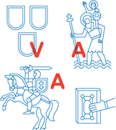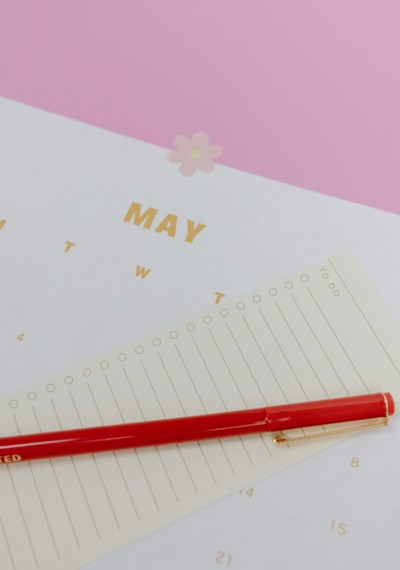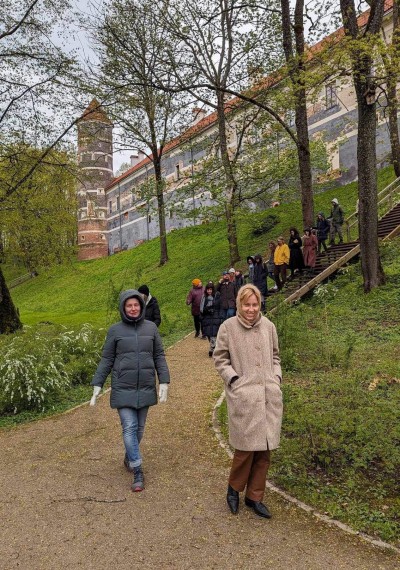International Biennial of Typography"Travelling Letters '23: HOLOGRAMA"
The International Typography Biennial "Travelling Letters '23: HOLOGRAMA" will open on 30 November at 6 pm on the second floor of the "Titanikas" exhibition space at the Vilnius Academy of Arts.
It is an ongoing exhibition that has been travelling to different European countries and venues since 2009. For the 2023 Biennial, the International Jury has selected a collection of 30 works by 35 artists from 10 countries for the Hologram concept.
At the dawn of civilisations, the emergence of writing in the territories inhabited by the Sumerians opened the door to history for humanity. All the sounds recorded and codified by the Phoenicians, and refined by later civilisations, were eventually transformed into a system of graphic signs in which the signs-graphs represent sounds and their combinations form words. Unfortunately, it is impossible to tell from a single letter or word when and where on the planet it was first spoken, what it sounded like and who repeated it later. But with the same sounds written down and labelled, we can try to guess their origins, find out which civilization used this graphic writing system, which language group they belonged to, when certain forms of graphemes were created, etc.
Each letter-grapheme, like a hologram, "records" an image-mental embodiment in time or matter, from which we can already try to reconstruct an alphabet of almost complete letters or images. This intuitive knowledge, this creative flair, helps many creators not to get lost in time and space, and reminds us a little of the Hungarian physicist Dennis Gabor, who was awarded the Nobel Prize in 1971 for having proposed the idea of holography in 1947, but who could not see the concrete realisation of this idea until 1962, when the laser was invented.
New technologies help to realise many wonderful creative ideas, but it is only the phenomenal human ability to make connections between the visual information presented in written form in a piece of design/art that allows it to be intuitively interpreted in the context of personal experience. The ability not only to experience the aesthetic, communicative effect of written art, but also to navigate the everyday by creating a corresponding "holographic" cultural environment, expands the field of perception of the work. Images, as holograms created in our imagination, can recreate imaginary writing systems which, when transformed into stories, appear as mythological nomads lost between different epochs or even civilisations.
Curator of the exhibition: prof. Aušra Lisauskienė | Lithuania
Co-curator of the exhibition: Marion Robinson | Finland
As soon as the Biennial's introductory text was prepared for social media promotion, it was announced that the exhibition's logo "Holograma" (for which an original typeface were created) had won the Award of Excellence in the global WOLDA competition and that the exhibition's identity had been awarded the Bronze AWARD.
Jury:
Graphic designer Audrius Klimas Professor, Head of the Graphic Design Department, Vilnius Art Academy (Lithuania)
Artist Ritva Leinonen (Finland)
Type designer Jean-Baptiste Levée founder of Production Type, lecturer and teacher (France)
Graphic designer Giedrė Lisauskaitė Jonušienė Board Member at Lithuanian Design Association, Co-founder and Creative director at design agency Brandworks, designer (Lithuania)
Graphic and type designer Aušra Lisauskienė Professor, Department of Graphic Design, Vilnius Academy of Art (Lithuania)
Graphic designer Marion Robinson Senior lecturer, LAB Institute of Design and Fine Arts (Finland)
Semiotician Gintautė Žemaitytė, PhD Expert in visual semiotics (Lithuania)







